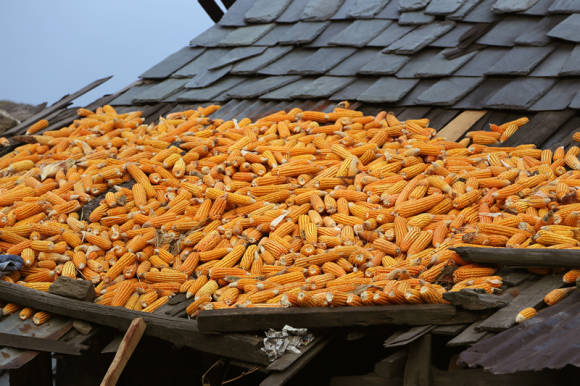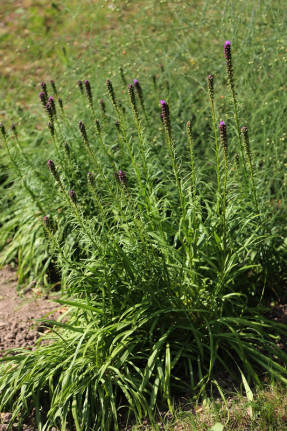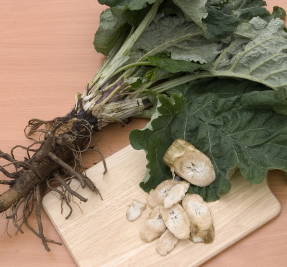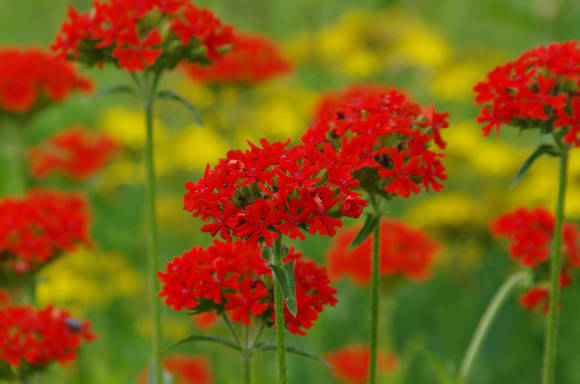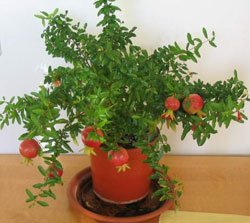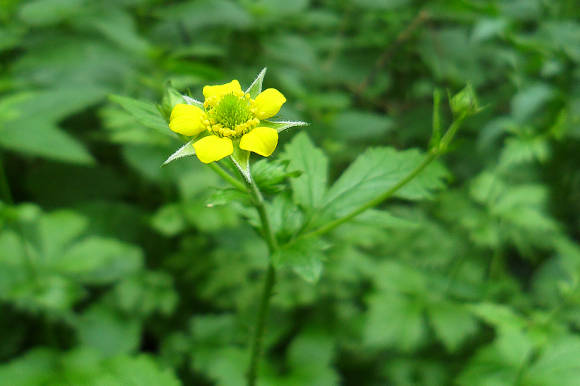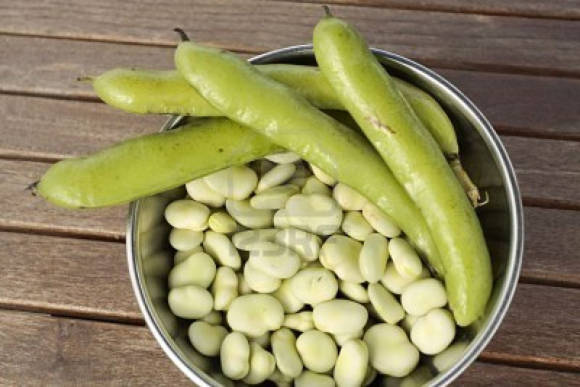 Funny garden plants ranunculus or more correctly - Asian buttercups (Ranunculus asiaticus) are herbaceous perennials with simple and double flowers of various bright colors, except, unfortunately, blue and blue. But this small deficiency can be completely compensated for - alternate with them crown anemones, blooming at about the same time as ranunculus, at the end of June - July. In a relatively cold and rainy summer, flowering can continue in the first half of August. Ranunculus inflorescences are usually spherical in shape, up to 8-10 cm in diameter, somewhat reminiscent of inflorescences of miniature park roses or small spherical chrysanthemums. And someone will say that they look like small pompom dahlias. By and large, both are right, and then you will understand why.
Funny garden plants ranunculus or more correctly - Asian buttercups (Ranunculus asiaticus) are herbaceous perennials with simple and double flowers of various bright colors, except, unfortunately, blue and blue. But this small deficiency can be completely compensated for - alternate with them crown anemones, blooming at about the same time as ranunculus, at the end of June - July. In a relatively cold and rainy summer, flowering can continue in the first half of August. Ranunculus inflorescences are usually spherical in shape, up to 8-10 cm in diameter, somewhat reminiscent of inflorescences of miniature park roses or small spherical chrysanthemums. And someone will say that they look like small pompom dahlias. By and large, both are right, and then you will understand why. The plants themselves are low, only up to 40-50 cm high, with deeply dissected foliage and short, strong stems. The foliage and a small stocky rhizome of ranunculus are very similar in shape to those of dahlias, so many gardeners compare them with miniature dahlias, which, in general, is correct. They often have similar flower shapes, and they both need to be dug out for the winter, and the way of storing their rhizomes in winter is largely the same.
 |  |
Most of the modern garden forms of ranunculus have double or semi-double flowers. They are used for planting on flower beds, ridges, mixborders, rockeries, balcony and floor vases, as well as for cutting and forcing.
We in Russia mainly grow two groups of ranunculus varieties: more cold-resistant Asian (also called Persian) and African (or turban) with larger leaves and flowers, and with petals bent inward. They are very reminiscent of terry peonies. Both groups do not hibernate in the middle zone in the ground. Their dry cones-rhizomes are bought in late winter or spring and stored until planting at moderate temperatures and low humidity in a well-ventilated place.
 |  |
Planting and growing ranunculus
Tubers, or rather cones, of ranunculus are planted in March - early April for seedlings or in May after frosts immediately in open ground. It is advisable to pre-soak the rhizomes in water or, better, in a solution of any proven growth stimulant for at least 8-10 hours, or just overnight. Planting depth is about 3-5 cm, the distance between plants is at least 10-12 cm. Watering is moderate, since in waterlogged soil, the tubers of these plants can become moldy or even rot. They look best and bloom much longer in moderately semi-shaded flower beds. Ranunculus are usually planted in groups of several plants or in rather large tracts. Among the novelties of recent years, I highly recommend the amazingly colored African ranunculus purple.
It is believed that Ranunculus prefer warm, well-sheltered places from the wind. Of course, greenhouse conditions or conditions close to them will appeal to most of the known plants, but many of them do not have to choose their growing conditions, and we do not always have a large selection of planting sites on our plots, especially soils suitable for each plant.
My personal experience suggests that these plants feel quite well, including in open, often blown by the breeze places... And they are not particularly picky about soils. But no doubt, moist and warm, well-drained, and humus-rich soil will be more to their taste. A light breeze will also be useful - there is less chance of developing powdery mildew on cool rainy days.
Ranunculus are not particularly demanding on the composition of soils, they grow on almost any soil, but they naturally like loose, well-drained and humus-rich soils.Agrotechnology after planting and germination of young plants is quite standard - regular feeding, loosening the soil and removing weeds. During flowering, faded buds are regularly removed. This will give the plants a cleaner look and slightly extend their flowering period.
 |  |
Excavation and storage of ranunculus rhizomes
In August-September, after yellowing and death of peduncles and leaves, ranunculi are dug up. Rhizomes are well dried and stored in paper bags or small boxes in a well-ventilated area at moderate room temperatures. Ranunculus cone tubers, which, as we said, resemble reduced dahlia tubers or fingers of one hand folded together, are handled very carefully, since their parts are quite fragile and can easily break off. In more southern regions, buttercups overwinter relatively well with cover.
The method described above for harvesting ranunculus rhizomes is more practiced on an industrial scale. And in amateur gardening, I would not do that. Judge for yourself - it takes a lot of time at the end of the season, and the time spent itself is much more expensive than the ranunculus cones themselves, which recently cost an average of 7-8 rubles per root. Even if it's 10-12 rubles. I think that it is not at all expensive and it is easier to plant a few new plants every year than to be very sad about how to preserve existing specimens, with the exception of some rare or very favorite varieties. In addition, additional plants planted a little later will bloom closer to autumn and thus the flowering season of these beautiful plants.
 |  |
Reproduction of ranunculus
Ranunculus is propagated by dividing the rhizomes, carefully separating them during digging, or with fresh seeds from the previous year, which are sown in a greenhouse. In the first year, they rarely bloom. Seedlings of the first year, as well as adult plants, need to be dug up and stored until next spring. Ranunculus seeds are sown in boxes with light sandy soil. Lightly sprinkle with earth, cover with glass and put in a lighted place. At a temperature of +10 ... + 15 ° C, seedlings appear in 2-3 weeks. Seedlings are kept at a moderate temperature, dive in the phase of 4-5 true leaves. Buttercups are perfectly driven out throughout the winter, for this they are periodically planted in small batches, starting from September-October. With good care and proper supplementary lighting, they bloom within 3-3.5 months after planting.
Landscape and cut-off use

Ranunculus looks great in group and mass plantings, mixborders, foreground, in pots and patio containers, and also give a good, long-lasting fresh cut.
Freshly cut buttercups live in a vase for 4 to 8 days. They are sensitive to high temperatures and drafts. Before using, remove any leaves that fall below the water level, cut the stems under water and place them in a clean vase with cool or cold standing water.
Try not to put them in the same vase with daffodils, as daffodils are often detrimental to their neighbors.
